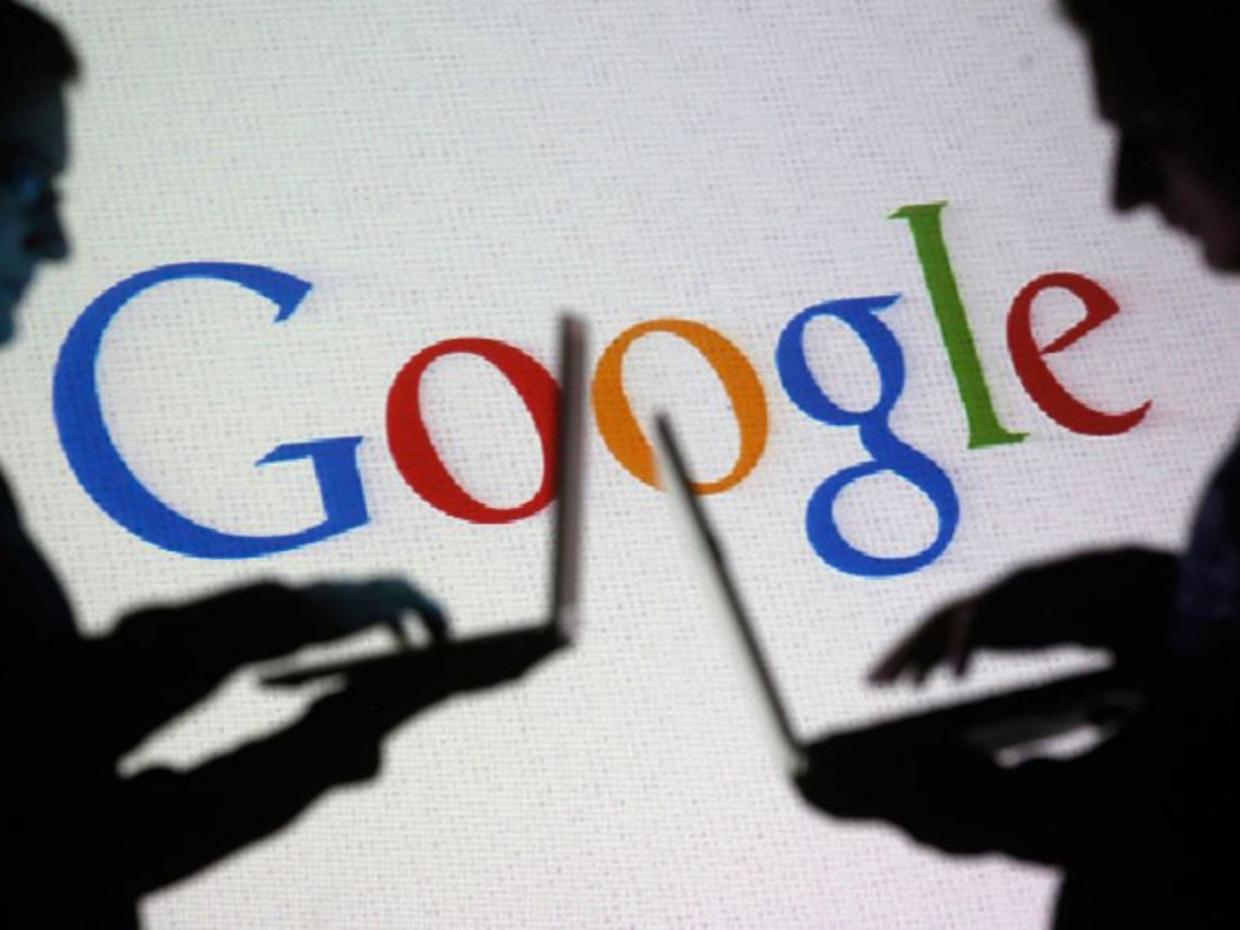Bill Gates funded the creation of a “vaccine passport” tracking system long before the coronavirus pandemic
07/21/2021 / By Nolan Barton

The Bill and Melinda Gates Foundation helped fund a study that aims to record a patient’s vaccination history by injecting dye under the skin.
Researchers from the Massachusetts Institute of Technology (MIT) developed a novel way to record a patient’s vaccination history. It was by storing data in a pattern of dye delivered under the skin at the same time as the vaccine.
In a December 2019 news release by MIT, the researchers suggested that the method was developed mainly to aid poor countries where traditional medical records are rare or do not exist. According to the MIT news release, the goal is for the dye to be “delivered under the skin at the same time as the vaccine.”
People are going to be vaccinated, quite literally, with a vaccine passport. The coronavirus (COVID-19) pandemic may have revealed the true purpose of the specialized dye as talks of using vaccine passports and making COVID-19 vaccines mandatory continue to gain ground in the U.S. and elsewhere. (Related: Critics slam Biden administration’s vaccine passport plan for being “un-American.”)
Before the pandemic, vaccination campaigns in developing nations were made more difficult by little infrastructure for storing medical records. There’s no easy way to determine who needs a particular vaccine.
“In areas where paper vaccination cards are often lost or do not exist at all, and electronic databases are unheard of, this technology could enable the rapid and anonymous detection of patient vaccination history to ensure that every child is vaccinated,” Kevin McHugh, a former MIT postdoc and co-lead author of the study, said at the time.
The study was published in Science Translational Medicine on Dec. 18, 2019.
Big Tech and Big Pharma have been combining forces for years now
Several years ago, the MIT team set out to devise a method for recording vaccination information in a way that doesn’t require a centralized database or other infrastructure. Many vaccines, such as those for measles, mumps and rubella (MMR), require multiple doses spaced out at certain intervals. Without accurate records, children may not receive all of the necessary doses.
“In order to be protected against most pathogens, one needs multiple vaccinations,” said Ana Jaklenec, a research scientist at MIT’s Koch Institute for Integrative Cancer Research and senior author of the study. “In some areas in the developing world, it can be very challenging to do this, as there is a lack of data about who has been vaccinated and whether they need additional shots or not.”
To create an “on-patient,” decentralized medical record, the researchers developed a new type of copper-based quantum dots, which emit light in the near-infrared spectrum. The dots are only about 4 nanometers in diameter, but they are encapsulated in biocompatible microparticles that form spheres about 20 microns in diameter. This encapsulation allows the dye to remain in place under the skin after being injected.
The researchers designed their dye to be delivered by a microneedle patch rather than a traditional syringe and needle. The microneedles used in this study are made from a mixture of dissolvable sugar and a polymer called PVA, as well as the quantum-dot dye and the vaccine. When the patch is applied to the skin, the microneedles, which are 1.5 millimeters long, partially dissolve, releasing their payload within about two minutes.
Big Tech makes data storage inside human body
By selectively loading microparticles into microneedles, the patches deliver a pattern in the skin that is invisible to the naked eye but can be scanned with a smartphone that has the infrared filter removed. The patch can be customized to imprint different patterns that correspond to the type of vaccine delivered.
“It’s possible someday that this ‘invisible’ approach could create new possibilities for data storage, biosensing, and vaccine applications that could improve how medical care is provided, particularly in the developing world,” said Robert Langer, also a senior author of the study.
Tests using human cadaver skin showed that the quantum-dot patterns could be detected by smartphone cameras after up to five years of simulated sun exposure. (Related: Enzyme that will make Bill Gates’ vaccine microchip implant work known as LUCIFERASE.)
The researchers also tested the vaccination strategy in rats, using microneedle patches that delivered the quantum dots along with a polio vaccine. They found that those rats generated an immune response similar to the response of rats that received a traditional injected polio vaccine.
“This study confirmed that incorporating the vaccine with the dye in the microneedle patches did not affect the efficacy of the vaccine or our ability to detect the dye,” Jaklenec said.
The researchers plan to expand the amount of data that can be encoded in a single pattern, allowing them to include information such as the date of vaccine administration and the lot number of the vaccine batch. They believe the quantum dots are safe to use in this way because they are encapsulated in a biocompatible polymer.
“Storage, access, and control of medical records is an important topic with many possible approaches,” said Mark Prausnitz, chair of chemical and biomolecular engineering at Georgia Tech, who was not involved in the research. “This study presents a novel approach where the medical record is stored and controlled by the patient within the patient’s skin in a minimally invasive and elegant way.”
Follow Immunization.news for more news and information related to coronavirus vaccines and vaccine passports.
Sources include:
Tagged Under: bad medicine, Big Pharma, Big Tech, Bill and Melinda Gates Foundation, bill gates, conspiracy, covid-19, COVID-19 vaccine, Medical records, medical tech, pandemic, quantum dots, vaccination history, vaccine passport
RECENT NEWS & ARTICLES
COPYRIGHT © 2018 TECHGIANTS.NEWS
All content posted on this site is protected under Free Speech. TechGiants.news is not responsible for content written by contributing authors. The information on this site is provided for educational and entertainment purposes only. It is not intended as a substitute for professional advice of any kind. TechGiants.news assumes no responsibility for the use or misuse of this material. All trademarks, registered trademarks and service marks mentioned on this site are the property of their respective owners.





















